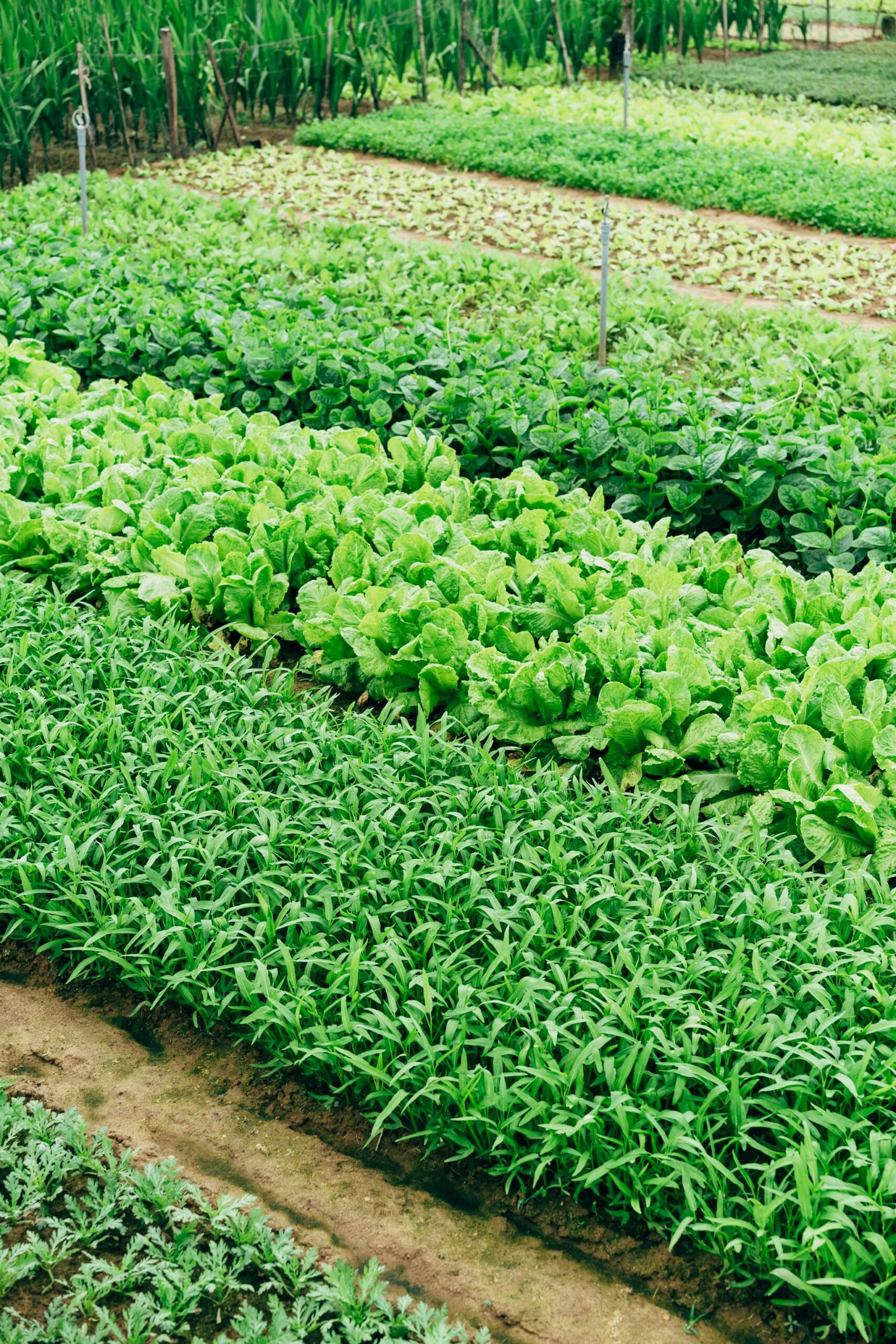Image credit: Unsplash
Just 1 in 10 U.S. grown-ups hit the mark for daily fruit and veg intake, says the Centers for Disease Control and Prevention (CDC). This eye-popping stat highlights a big need for fresh ideas to boost public health, especially for kids and those struggling financially.
The CDC points out that eating enough fruits and veggies can fend off chronic conditions that top the list of U.S. killers. In answer to this, food makers are stepping up, mixing fruit and veggie ingredients into all sorts of products to pump up the nutritional value of everyday eats.
Innovations in Children’s Foods
Efforts to include fruits and vegetables in children’s diets are particularly noteworthy. New York-based Kidfresh has launched frozen Easy Combo Meals designed to be both appealing and nutritious for children. Their chicken meatballs with pasta marinara include carrots, celery, and beets, while their chicken nuggets with buttered pasta feature cauliflower, sweet potatoes, and carrots. These meals are crafted to subtly introduce children to the benefits of vegetables without compromising on taste.
Mighty Yum, based in Boca Raton, Fla., offers plant-based lunch kits for children that replace traditional soy-based vegan meats and cheeses with nutrient-rich vegetables such as parsnips, sweet potatoes, and tomato puree. This approach not only enhances the nutritional value but also diversifies the sources of vital nutrients in children’s diets.
Enhanced Nutritional Profiles in Popular Products
Some food brands are explicitly promoting their use of fruits and vegetables. General Mills, for example, has introduced Cheerios Veggie Blends, which incorporate fruit puree and vegetable powder to provide one-fourth cup of fruits and vegetables per serving. Similarly, The Avocado Bread Co. by Anthony & Sons, based in Denville, NJ, offers Avocado Seeds & Grains Bread made with fresh avocados and guacamole spices, aiming to infuse traditional bread products with added nutritional benefits.
Technical Insights and Challenges
Incorporating fruits and vegetables into processed foods is not without challenges. Michael Napoleon, senior research chef at Tastepoint by IFF in Philadelphia, explains that fresh fruits and vegetables can lose their color and flavor during processing, often turning gray or brown. To combat this, formulators use concentrated ingredients in powder and puree formats to preserve the nutritional and functional qualities of the original produce.
Angela Tipton, marketing manager at Kerr by Ingredion, notes that these ingredients can be added to products with minimal impact on flavor or color, or they can be used to enhance the sensory profile. For instance, cauliflower can add bulk and texture, blueberries can provide antioxidants, and apple or pear can add natural sweetness.
IFF offers fruit and vegetable powders made through dehydration processes that maintain the nutritional, color, and taste profiles of the fresh produce. These ingredients are versatile, suitable for use in sauces, baked goods, and snack bars, ensuring that nutritional benefits are retained without compromising on quality.
Functional Benefits and Natural Alternatives
Fruits and veggies, in all their natural glory, can step in for artificial additives, bringing their own perks. Take prune juice concentrate, for instance. It’s a whiz in condiments, boosting flavor and texture, and working as a natural thickener and stabilizer. Kate Leahy from Sunsweet Growers points out that prune concentrate can smooth out smoky or salty flavors in sauces, no extra sugar or caramel coloring needed.
Christine Campbell, who manages the fruit and veg category at Global Organics, notes these natural wonders can also act as preservatives, keeping perishable foods fresher for longer. They naturally improve texture and consistency, offering a healthier swap for chemical additives.
Incorporating fruits and vegetables into food formulas is a big leap toward better public health. By boosting the nutritional value of everyday eats, manufacturers are tackling dietary gaps and pushing a culture of healthier munching. These tasty innovations show that with a bit of creativity and dedication, making nutritious eating more accessible and appealing across all ages is absolutely doable.















































































































































